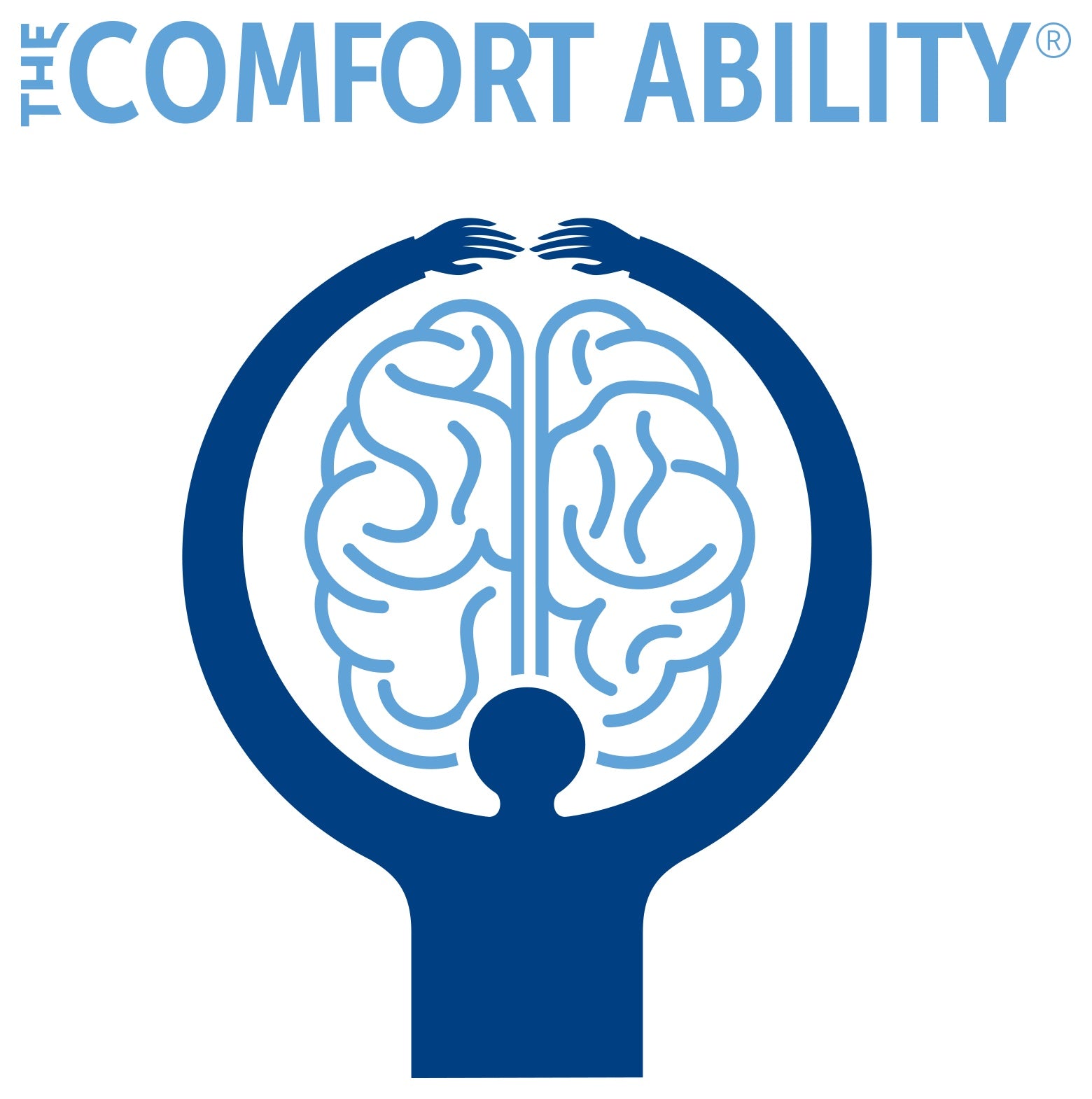Caregivers who have a child with chronic pain are living in a state of high alert. They often spend every ounce of energy trying to assess their child’s pain, offer comfort, juggle the needs of siblings, manage work, get to doctor appointments, monitor sleep, advocate on the school front, evaluate treatments, and on and on it goes.
It can seem close to impossible (and very understandable), in this context, for parents to neglect to take care of themselves. Caregivers want to fix their child first and focus on themselves later. “I know I need a break, but …” is the chorus of every parent running on fumes.
Studies have shown that parents of children with chronic pain have greater risk for anxiety and depression, struggle with parenting stress and guilt, are prone to more family conflict, and have worrisome financial burden. And, when parents and caregivers become depleted over time from these formidable challenges, kids with pain fare worse.
THINKING LIKE A RED SQUIRREL
A child’s treatment and return to function from chronic pain can take many months. During that time caregivers often expend all their energy trying to fully address each facet of their child’s care. It’s almost impossible for parents/caregivers to not be depleted under these circumstances. Parents and caregivers need a long-game strategy to ensure they don’t run out of energy in the process, and that’s where squirrels can offer some insight. Considering the difference between how gray and red squirrels approach self-preservation when faced with scarcity over a long winter season can highlight an adaptive tactic with long-term benefits.
Upon collecting a treasure of acorns in the fall, gray squirrels scurry about frantically dispersing each acorn deep into the ground, then covering the telltale clues that anything was buried there. This strategy – wide dispersion and expert cover up - takes a lot of squirrel energy. On the surface this may seem productive; a necessary survival strategy to protect food stores for the long run. Except, it’s not. Scientists know that gray squirrels have a terrible memory. They are known to frequently dig up and then rebury their treasure to try to remember where their food is buried (yes, even more energy spent), but still up to 74% of their frantic acorn burying effort goes to waste. Most of their precious bounty is never recovered, eventually spouting and growing into trees.
In contrast, the red squirrel, has a different self-preservation approach. After collecting a harvest of acorns, the red squirrel pauses. She thoughtfully considers a secure location to store her treasure—a tree cavity, den, or underbrush pile-- carefully stacks her acorns together in a sturdy pyramid that prevents sprouting, and clearly marks the spot. This tactic ensures that red squirrels have accessible energy stores that will last them and their offspring well into the next season.
Caregivers who have a child with pain often echo gray squirrel behavior, expending a lot of energy each day, without a careful plan for the long-term. This fatiguing process can result in a sense of futility, less effective problem solving and exhaustion.
Being more "red squirrel-ish” is not about adding one more item on the “to do” list or even revamping an existing approach to fortifying your family. It’s simply about taking a step back to evaluate how it might be possible to pause and thoughtfully consider a self-preservation strategy that, in turn, will contribute to a long-lasting bounty for the whole family.
BUILDING COMFORT
Identifying an assortment of strategies that create “in -the-moment” as well as enduring comfort is a very important part of wellness. Caregivers who have kids with pain become true experts at helping to restore short and long-term comfort for their child. Yet, far too often these same parents/caregivers are out of practice identifying and finding practical ways to promote their own comfort.
Remembering-- or maybe even pausing to consider for the first time-- what makes you feel your best is essential. Then, taking small steps forward from there is the key. If we consider the simple strategy of the red squirrel – collect the bounty, protect a place, build a pyramid, and mark the spot – we have the making of an elegant self-perservation plan for the year.
TIPS FOR BUILDING COMFORT
(...courtesy of the red squirrel)
Collect Your Bounty
Start by brainstorming ideas (make a list on a post-it-note or even on your phone) of things that bring you comfort. Having ideas ready at your fingertips will make it easy to engage in a comfort boosting strategy even if you only have a few short minutes to spare. For example, try playing your favorite song, reading a few pages of a great book, going for a 10-minute walk outside, or listening to a meditation exercise through an app like Calm or Headspace. And, adding a slightly larger comfort goal-- like having a dinner with a close friend—can create positive anticipation that can be mood boosting for many days.
Protect a Place
It’s not enough to gather the bounty of ideas; you need to set aside a specific time and place use these comfort strategies or they will continually be overlooked. Think realistically and start small. Maybe your time and place is in the car. So, on your next errand run, instead of making business calls or listening to the news, protect that time for a favorite podcast. Or, maybe you set an alarm on your phone for 10 pm-- after the kids are in bed but before all the chores are done – and get intentional about doing one item from your comfort list. Start by protecting one thoughtful and strategic time and place and go from there.
Build a Pyramid
A sturdy pyramid requires a stable base on which to build. Generating this base often means creating a new habit. Try starting each day with, “Today I get to take 10 minutes to do ….” The simple switch from “What I have to do for others” to “What I can do for me,” can lay the groundwork for effective self-preservation. Set an initial self-preservation goal that requires only a small amount of change and make sure it is in your power to achieve the goal. For example, make time for three mindful breaths each time you put the car key in the ignition, rather than planning 30 minutes for meditation each day. Sometimes a blended strategy of working a comfort (listening to your favorite song) into an activity you already do each day (showering, loading the dishwasher) can be a good place to start. You may be surprised to find how these small changes create the sturdy foundation that can help to restore your balance and preserve your energy for the months ahead.
Mark Your Spot
Equally as important as building this pyramid is marking the spot. This means that when you create a new self-preservation habit, however small, pausing to reflect is critical. Simply thinking the thought “This is here for me,” can generate feelings of calm and strength that remain with you long beyond the short break in your day. Mark the spot not only in your own mind, but outwardly as you share your strategy with your child who has pain and your family. Try saying things like, “Today has been really hectic and I’ve still got a million things to do, but I’m going to take a 15-minute retreat to my room to read so I can recharge; I’ll be out soon.” This models your healthy self-preservation habits, further strengthening your pyramid and encouraging--though your thoughtful behaviors-- the kind of adaptive coping you’d want everyone in your family to adopt.
Creating a new self-preservation habit doesn’t have to be complicated, it just requires some "red squirrel intent." Recognizing that these tactics protect your energy stores and fortify your foundation – and the foundation of your family-- can bolster your commitment and promote consistency. Moving away from the idea that “self-care” must be indulgent (who has time or money for the spa?) or even worse, a chore (health habits like weight loss are important, but not the same as a comfort boosting strategy) is essential. Instead, consider that self-preservation is a necessary means to an end; indeed, a smart and effective way to bolster “in-the-moment” comfort and ensure you’ve got the energy provisions you need to tackle the weeks and months ahead.

